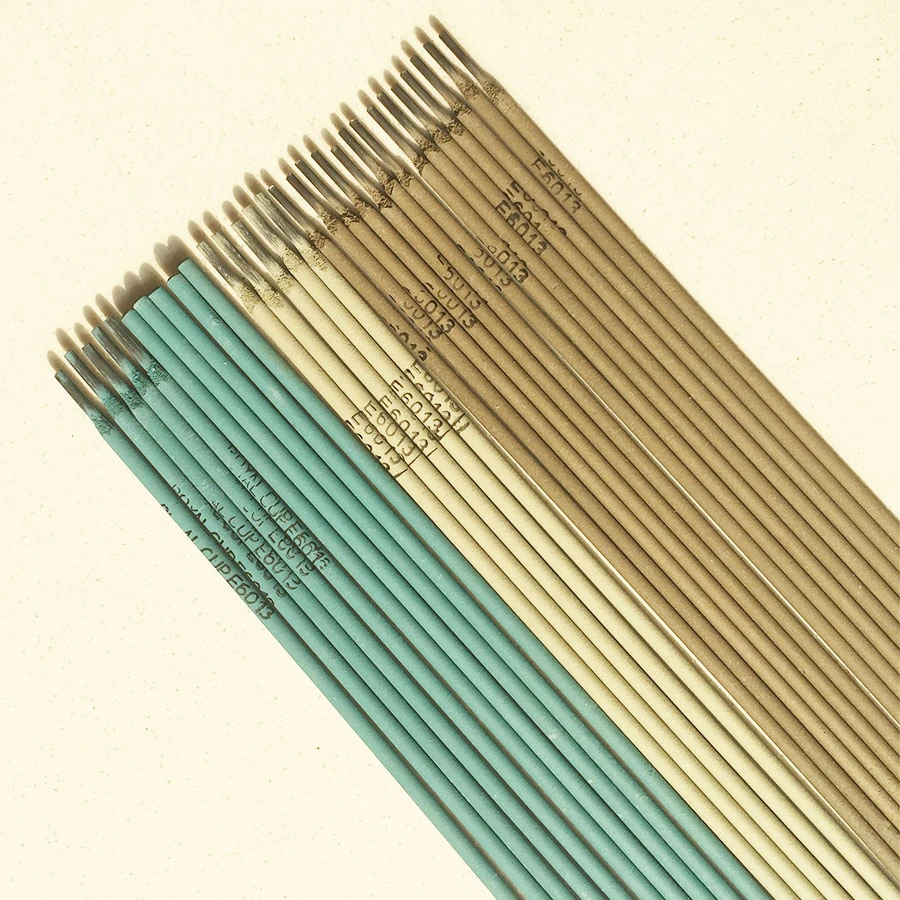MIG Aluminum Welding Wire Options for Efficient and High-Quality Metal Fabrication
The Importance of MIG Aluminum Welding Wire in Modern Fabrication
Aluminum welding has become a crucial aspect of manufacturing and construction in today's industries, driven by the material's unique properties such as lightweight, high strength, and excellent corrosion resistance. Among the various welding techniques, Metal Inert Gas (MIG) welding stands out due to its efficiency and versatility, particularly when paired with high-quality aluminum welding wire. This article will explore the significance of MIG aluminum welding wire, its benefits, and considerations for selecting the right type for your projects.
The Basics of MIG Welding
MIG welding, also known as Gas Metal Arc Welding (GMAW), is a process that involves the continuous feeding of a solid wire electrode through a welding gun. This wire melts to create the weld pool, while an inert gas, typically argon or a mixture of argon and carbon dioxide, protects the molten weld from atmospheric contamination. This process is particularly effective for aluminum due to the metal's tendency to oxidize quickly when exposed to air.
Advantages of Using MIG Aluminum Welding Wire
1. Efficiency and Speed MIG welding is renowned for its high deposition rates, which allows for rapid joining of aluminum parts. The continuous feeding of the wire significantly reduces downtime associated with changing rods or electrodes, making it ideal for high-volume production.
2. Ease of Use MIG welding is often recommended for beginners due to its straightforward operation. The control mechanisms are user-friendly, and with proper training, operators can achieve high-quality welds with less practice compared to other methods like TIG welding.
3. Versatility MIG aluminum welding wire is available in various diameters and alloys, enabling welders to tackle a range of applications, from automotive and aerospace components to household fixtures and artistic projects. Its adaptability makes it a favorite among both hobbyists and professionals.
4. Strong and Durable Welds When using the appropriate MIG welding wire for aluminum, the resulting welds can achieve excellent tensile strength and ductility. Engineers and fabricators appreciate that quality welds can withstand the rigors of environmental factors such as vibrations and temperature fluctuations.
Types of MIG Aluminum Welding Wire
Aluminum welding wire generally comes in various alloys, with the most common being 4047, 5356, and 4045. Each alloy serves specific applications
mig aluminum welding wire

- 4047 This wire is often used for welding high-silicon aluminum alloys. It has excellent flow capabilities and creates a smooth, aesthetically pleasing weld bead. It's an excellent choice for applications where appearance matters, such as decorative works.
- 5356 Known for its exceptional strength and corrosion resistance, 5356 is often used in marine environments and for structural applications. It's a versatile wire suitable for welding 5000 series alloys.
- 4045 This alloy is often used as a filler metal for welding dissimilar aluminum alloys and provides remarkable corrosion resistance. It’s particularly helpful when joining aluminum to other metals.
Considerations for Selecting MIG Aluminum Welding Wire
When choosing the right MIG aluminum welding wire, several factors should be taken into account
1. Base Material Always match the filler wire to the base aluminum alloy being welded. This ensures compatibility and maintains the overall integrity of the weld.
2. Welding Environment Consider factors like wind and contamination. Using the right shielding gas and filler material is essential in environments that can expose the weld to contaminants.
3. Weld Position The position of the weld can affect the choice of wire. Some wires are better suited for flat and horizontal positions, while others may handle vertical or overhead positions more effectively.
4. Weld Quality Requirements Assess the required mechanical properties and cosmetic appearance of the finished weld. This will guide you in selecting not only the alloy but also the diameter of the welding wire.
Conclusion
MIG aluminum welding wire plays an integral role in the efficiency and quality of aluminum welding projects across various industries. Its adaptability, ease of use, and production speed make it a preferred choice for many welders. Understanding the different types of MIG aluminum welding wire and their applications is crucial for achieving the best results in any fabrication project. As industries continue to evolve and demand for lightweight materials increases, the significance of quality aluminum welding wire will undoubtedly grow, shaping the future of manufacturing and construction.
-
High-Strength Cast Iron Welding Electrode AWS ENi-ClNewsAug.03,2025
-
E6011 Welding Rod | All-Position AC/DC ElectrodesNewsAug.02,2025
-
J422 Welding Rod: Durable Electrodes for Strong WeldsNewsAug.01,2025
-
AWS E7024 Arc Welding Electrodes: High-Efficiency & Easy UseNewsJul.31,2025
-
AWS E7018 Welding Rod: Low Hydrogen ElectrodesNewsJul.31,2025
-
Arc Welding Electrodes AWS E7024 – High Deposition, Smooth FinishNewsJul.30,2025


